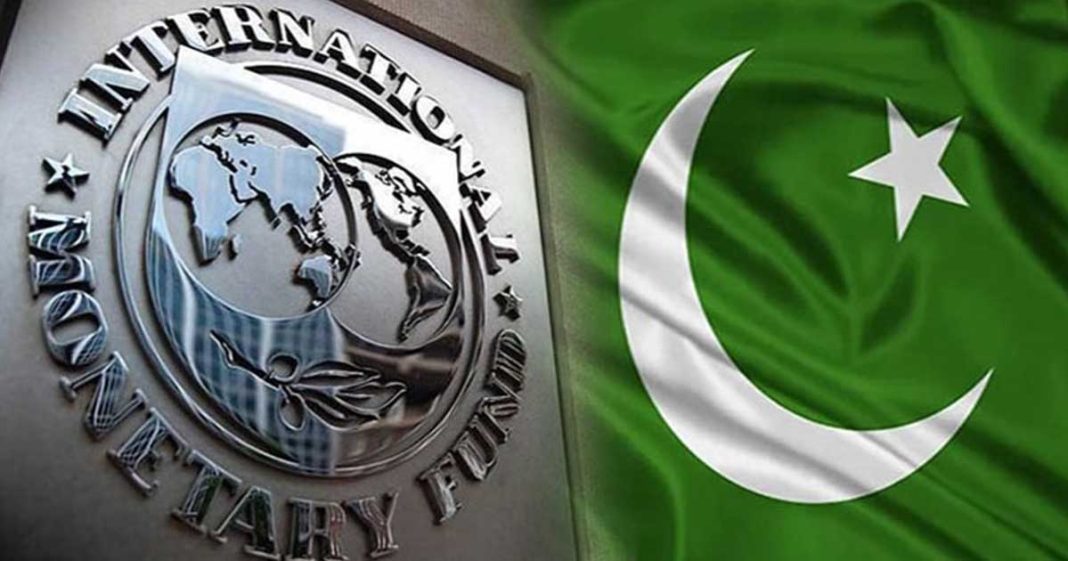A staff level agreement expected Wednesday evening may require Pakistan to hike power tariff and arrange USD 2 billion in external financing. The development comes as IMF Managing Director is repoted as saying debt relief for Pakistan could come as early as this week.
By Muhammad Ali
ISLAMABAD: The International Monetary Fund (IMF) and Pakistan are all set to successfully conclude the first review of the USD 3 billion Stand-By Arrangement (SBA), paving the way for the release of the USD 700 million second tranche of funding by the global lender’s executive board by next month.
A joint statement to this effect is expected here Wednesday evening, official sources told Independent Pakistan.
The development comes as Bloomberg quoted IMF Managing Director Kristalina Georgieva a saying she expects a deal on a debt review with Pakistan to come soon. “I expect an agreement of the review to come within this week,” Georgieva told Bloomberg Television’s Haslinda Amin in an interview in Singapore on Wednesday.
This could unlock much-needed additional financing for the cash-strapped economy of Pakistan. Bloomberg report quoted Georgieva as saying the Pakistani authorities, especially the finance minister “deserve credit for a very difficult time sticking to the program that they have”.
Meanwhile at Islamabad talks, as part of the understanding reached over the way forward of the SBA approved this July, Pakistan will have to bridge a USD 2 billion external financing gap from other sources and further hike power tariff to bolster revenue.
During the talks, Pakistani officials and the IMF staff agreed that out of a USD 7 billion external financing gap, Islamabad can look forward to hard currency inflows of up to USD 5 billion, leaving behind a USD 2 billion gap.
The gap surfaced due to difficulties Pakistan faced in arranging commercial loans of USD 5 billion and USD 1.5 billion through launching of an international bond. There is another gap of USD 500 million from the Islamic Development Bank in the shape of ITFC financing out of the total committed amount of USD 1 billion.
After all the numbers were crunched, the two parties agreed that a USD 2 billion gap would remain even if Pakistan is able to manage commercial financing as envisaged. How this gap will eventually be bridged remains to be seen.
The prospective power tariff hike is actually an outstanding item of Pakistan’s economic reform agenda supported by the SBA. The government had planned to jack up base tariff by PKR 7.92 per unit but it had raised the tariff to the tune of PKR 5.45 per unit in the current fiscal year.
To roll out the remainder of the originally agreed hike has also become urgent in view of Islamabad breaching the circular debt ceiling of PKR 155 billion envisaged for the current fiscal year. In practice, circular debt shot to PKR 272 billion over the first three months of the CFY.
The IMF has now asked Pak to raise the remaining base tariff and also implement a quarterly adjustment tariff. All together, power tariff is set to soar by PKR 5 to PKR 7 per unit in short order.
Ttop Ministry of Power officials concede that a power tariff hike is in order, but they argue unloading the full brunt of the envisaged hike in one go would be unrealistic.
Unless these and other differences of opinion lead the parties to continue their engagement, they are likely to reach consensus over the Memorandum of Economic and Financial Policies (MEFP) Wednesday evening.
Pakistani officials are optimistic they can overcome the differences and sign a staff-level agreement with the IMF tonight.
Copyright © 2021 Independent Pakistan | All rights reserved




